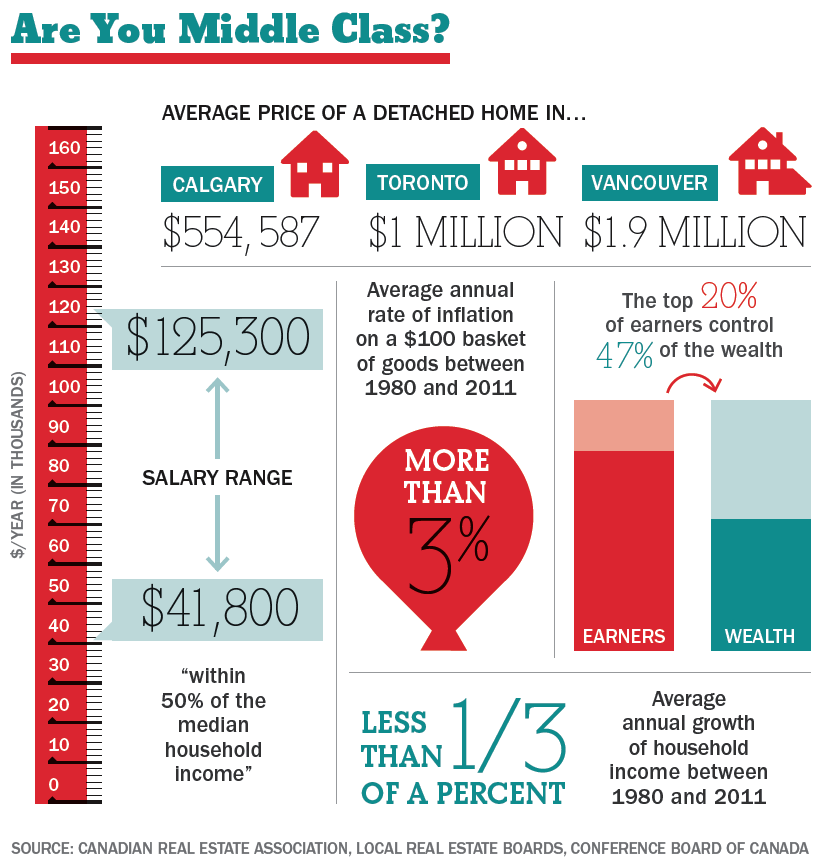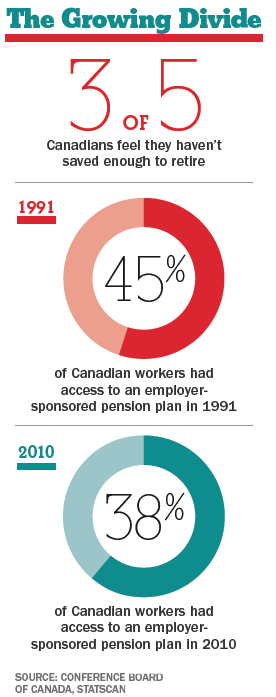The elusive middle class
They can hardly define it but that won't stop politicians from promising to help the middle class
Advertisement
They can hardly define it but that won't stop politicians from promising to help the middle class
 Priced out
Priced out The shrinking middle
The shrinking middleShare this article Share on Facebook Share on Twitter Share on Linkedin Share on Reddit Share on Email